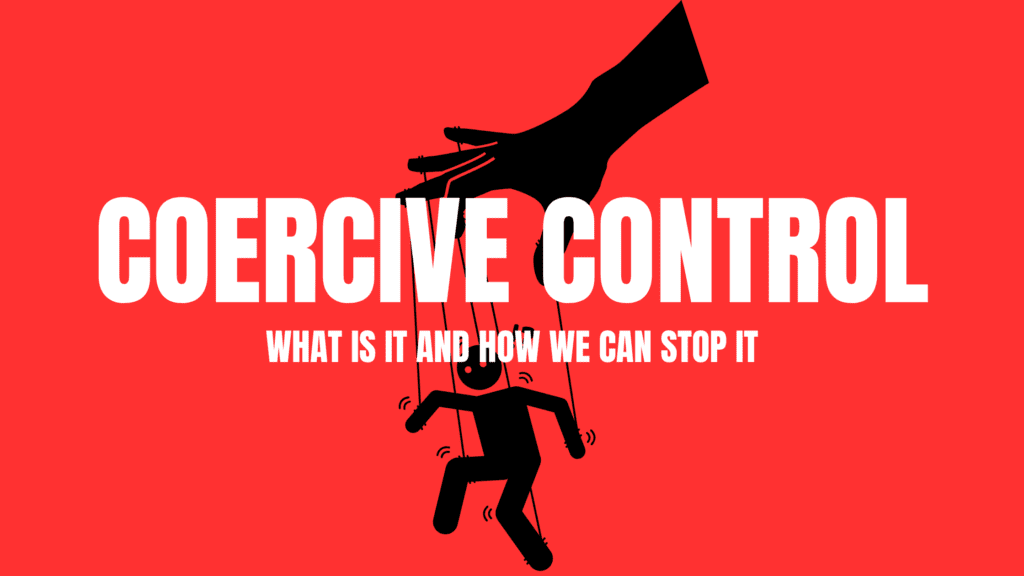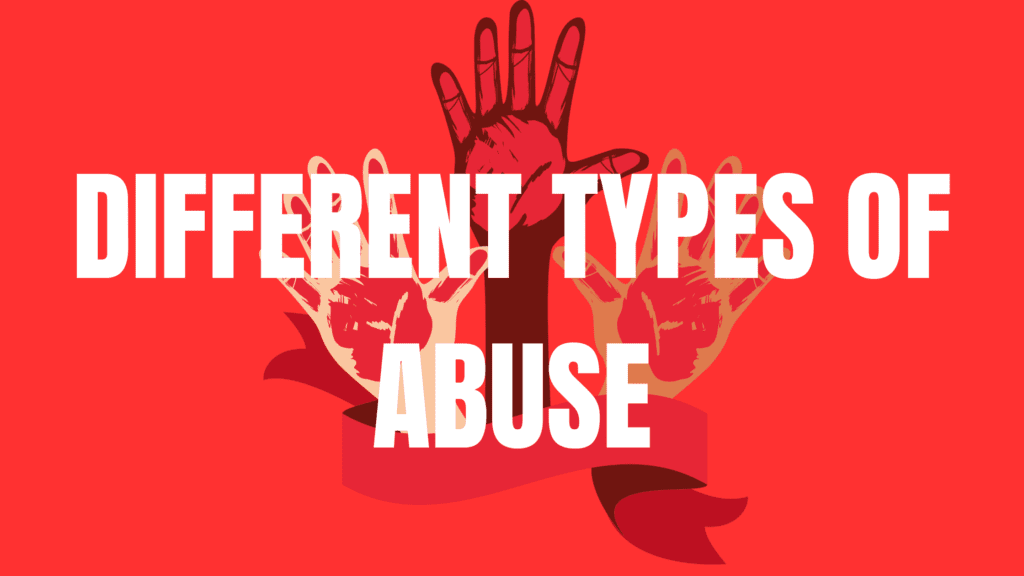Experiencing abuse, whether emotional, physical, or verbal, can leave lasting scars on a person’s emotional and mental well-being. The journey of recovery can feel long and challenging, but it is possible to heal and reclaim your life. In this blog, we’ll explore the steps you can take to learn how to recover emotionally after abuse, as well as the importance of self-compassion, therapy, and building a support system.
Understanding Emotional Abuse
Before diving into recovery, it’s essential to understand what emotional abuse is. Unlike physical abuse, emotional abuse can be more difficult to recognize. It often involves manipulative behavior, insults, gaslighting, intimidation, and controlling actions. This type of abuse erodes a person’s self-esteem and can leave them feeling worthless, helpless, and trapped. Without an understanding of emotional abuse, it’ll be harder to understand how to recover emotionally after abuse.
But healing is possible. No matter how deep the emotional wounds, there is hope for a brighter future.
Step 1: Acknowledge the Trauma
The first and most crucial step in emotional recovery is acknowledging the trauma. Denial and avoidance can delay healing, making it even harder to move forward. Recognizing that you’ve been abused and that what happened wasn’t your fault is the first step toward emotional healing.
Tip: Reflect on your emotions and accept that what you’re feeling is valid. Abuse can distort your sense of reality, so it’s important to validate your feelings and allow yourself to process them.
Step 2: Seek Professional Support
Professional help, whether through therapy or counseling, is crucial in overcoming the emotional aftermath of abuse. A trained therapist specializing in trauma can guide you through the healing process. Therapy, such as cognitive behavioral therapy (CBT), can help you rebuild your self-esteem, learn coping strategies, and change negative thought patterns that may have developed as a result of the abuse.
Tip: Consider exploring group therapy as well. Connecting with others who have experienced similar situations can help you feel understood and less isolated.
Step 3: Build a Support Network
Recovery from emotional abuse can feel incredibly lonely, but you don’t have to go through it alone. Building a supportive network of friends, family members, or support groups is critical. These individuals can provide emotional support, encouragement, and help you regain trust in others.
Tip: Reach out to people who make you feel safe and understood. It’s okay to lean on others and ask for help when you need it.
Step 4: Practice Self-Compassion
One of the most important aspects of emotional recovery is practicing self-compassion. After enduring abuse, many survivors blame themselves or feel guilty for what happened. It’s important to counteract this by treating yourself with kindness and understanding.
Tip: Start by writing down affirmations or positive statements about yourself. Remind yourself that you are worthy of love, respect, and happiness.
Step 5: Set Boundaries and Regain Control
Abusers often manipulate and violate boundaries, which can leave a survivor feeling powerless. As part of your recovery, it’s essential to rebuild your sense of control by setting clear boundaries with others. This includes saying no when needed and learning to assert yourself without fear of judgment or retaliation.
Tip: Practice setting small boundaries in everyday situations, such as asserting your opinion or asking for what you need. Over time, this will help you regain control of your life and protect your emotional well-being.
Step 6: Reconnect with Your Passions
Abuse can take a toll on your ability to enjoy life and pursue your passions. However, rediscovering activities and hobbies that bring you joy is a crucial part of emotional recovery. Reconnect with what makes you feel alive, whether it’s painting, reading, hiking, or any other activity that brings you peace.
Tip: Start small. Set aside time for activities that help you relax and feel fulfilled, even if it’s just for a few minutes a day.
Step 7: Focus on Physical Health
The mind and body are deeply connected, and physical health plays a vital role in emotional healing. Regular exercise, healthy eating, and getting enough sleep can improve mood, reduce stress, and help regulate emotions.
Tip: Engage in physical activities that you enjoy, such as yoga, walking, or dancing. Exercise is an excellent way to release built-up tension and boost your emotional resilience.
Step 8: Rebuild Trust in Yourself and Others
One of the lasting effects of abuse is the loss of trust – both in oneself and others. Survivors may feel anxious about opening up to new relationships or doubting their ability to make good choices. Rebuilding trust is a gradual process.
Tip: Start by building trust in yourself again. Reflect on your strengths and remind yourself that you have the power to make positive decisions for your future.
Step 9: Embrace the Healing Journey
Healing from abuse is not linear. There will be ups and downs, and it’s important to be patient with yourself. Some days may feel harder than others, and setbacks can occur. However, each step forward, no matter how small, brings you closer to emotional freedom.
Tip: Celebrate your progress, even if it’s just acknowledging that you’ve taken the first step in your healing journey. Your resilience is something to be proud of.
You Deserve to Heal
Recovering emotionally after abuse is not easy, but it is possible. By acknowledging the trauma, seeking professional support, building a strong support network, practicing self-compassion, setting boundaries, and rediscovering your passions, you can heal and reclaim control over your life.
Remember, you are not defined by your past, and you are worthy of love, happiness, and peace. The journey may be long, but each step you take toward healing brings you closer to the life you deserve. You are stronger than you know, and healing is within your reach and now you know how to recover emotionally after abuse.



